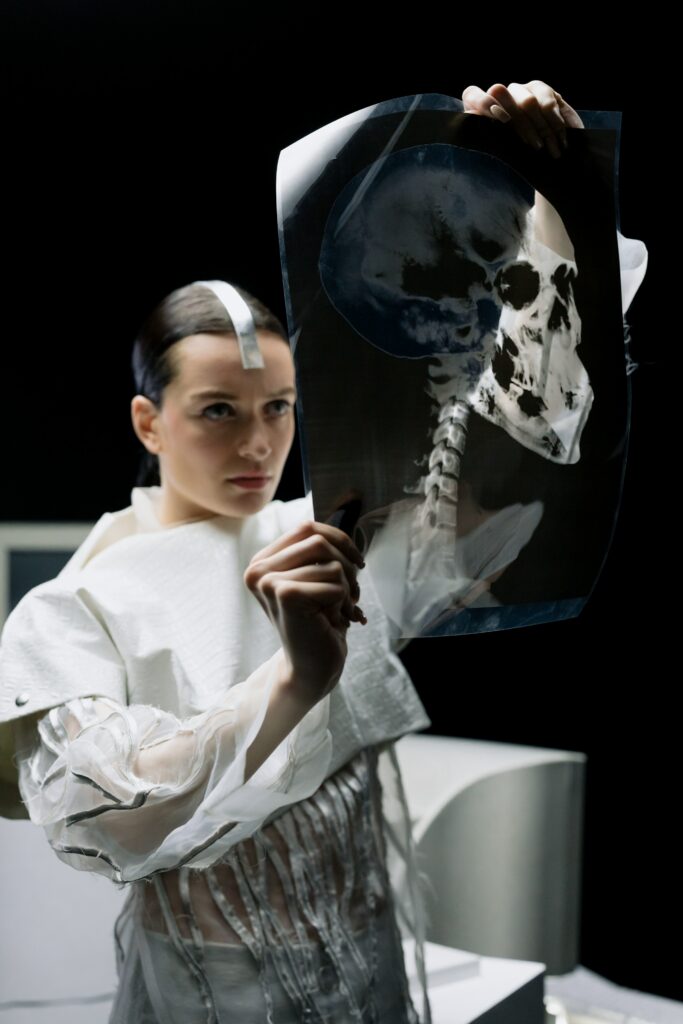Chest x-rays are a common and valuable tool in the field of medicine to assess the health of the lungs and the structures inside the chest. This article is intended to provide a comprehensive understanding of chest X-rays, including the procedure, benefits, and associated risks.
the process
X-ray chest x-rays, also known as chest x-rays, involve a painless and quick imaging procedure. Here’s what usually happens:
-
Preparation: No specific preparation is necessary. You will be asked to remove any jewelry, metal objects or clothing that may interfere with the x-ray.
-
Position: You will stand in front of the X-ray machine or you will be asked to sit or lie on an examination table, depending on the purpose of the photograph.
-
Protective measures: A lead apron or other shielding can be used to protect other parts of your body from unnecessary exposure to radiation.
-
X-ray machine: The radiologic technologist will position the X-ray machine and may ask you to hold your breath for a short moment while the image is taken. You can take multiple photos from different angles for a comprehensive view.
-
After the procedure: After obtaining the images, you can continue your normal activities. The radiologist will analyze the images and provide the results to your healthcare provider.
The benefits of mammograms
Chest x-rays offer many health benefits:
-
Detecting lung conditions: They are essential for diagnosing and monitoring various lung conditions, including pneumonia, lung cancer and chronic obstructive pulmonary disease (COPD).
-
Heart health: Chest X-rays can reveal heart conditions, such as an enlarged heart or fluid buildup in the lungs due to heart failure.
-
Infections: They help identify lung infections such as tuberculosis and bronchitis.
-
Screening tool: In some cases, chest x-rays are used as a screening tool for the early detection of lung cancer, especially in high-risk individuals.
-
Trauma assessment: After a chest injury, X-rays help assess the extent of damage to the chest, ribs and lungs.
-
Preoperative evaluation: Chest X-rays are often part of the preoperative evaluation to ensure that the patient is fit for surgery.
-
Progress monitoring: Doctors use follow-up X-rays to track changes in the chest after treatment for various conditions.
Risks and safety measures
While mammograms are generally safe, they involve exposure to ionizing radiation. The risks are minimal, and the benefits usually outweigh them. However, safety measures are in place to minimize exposure:
-
Pregnancy: If you are pregnant or suspect you may be, tell your healthcare provider and the radiologic technologist. They will take extra precautions to protect the abdominal area.
-
Lead Shielding: Shield aprons and thyroid collars are used to protect parts of the body that are not being photographed.
-
Children: Special care is taken for pediatric patients to minimize radiation exposure.
-
Limitation: Healthcare providers order x-rays only when they are necessary for diagnosis or treatment planning.
Summary
Radiographic chest x-rays are a valuable tool in the healthcare field, aiding in the diagnosis and monitoring of a wide variety of chest and lung conditions. When used wisely, the benefits of early diagnosis and effective treatment far outweigh the minimal risks associated with radiation exposure. If your doctor recommends a chest x-ray, this is an essential step to ensure your well-being.
Please note that the information provided here is for educational purposes and is not a substitute for professional medical advice. If you have concerns about your health, consult a qualified health care provider.

